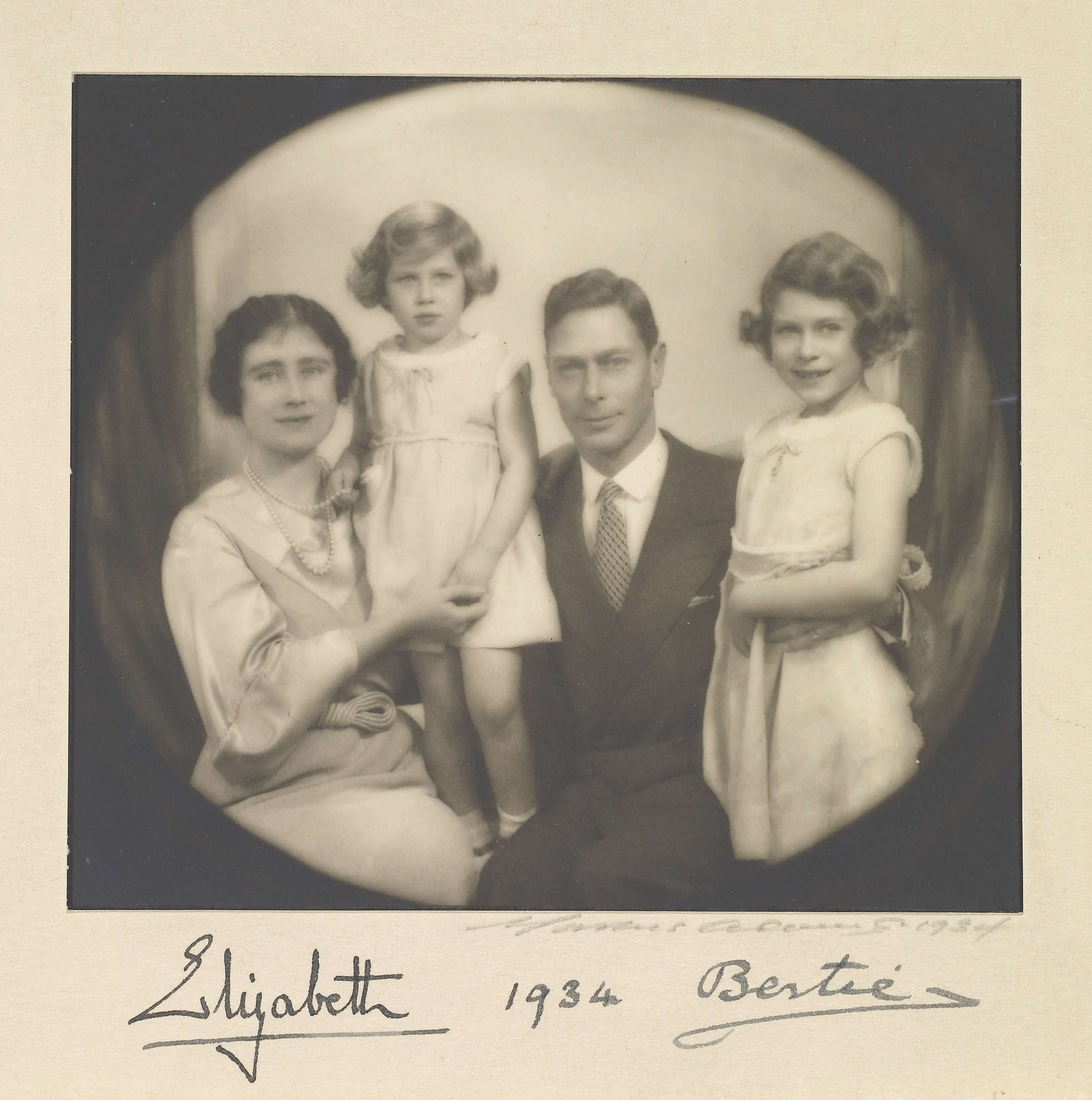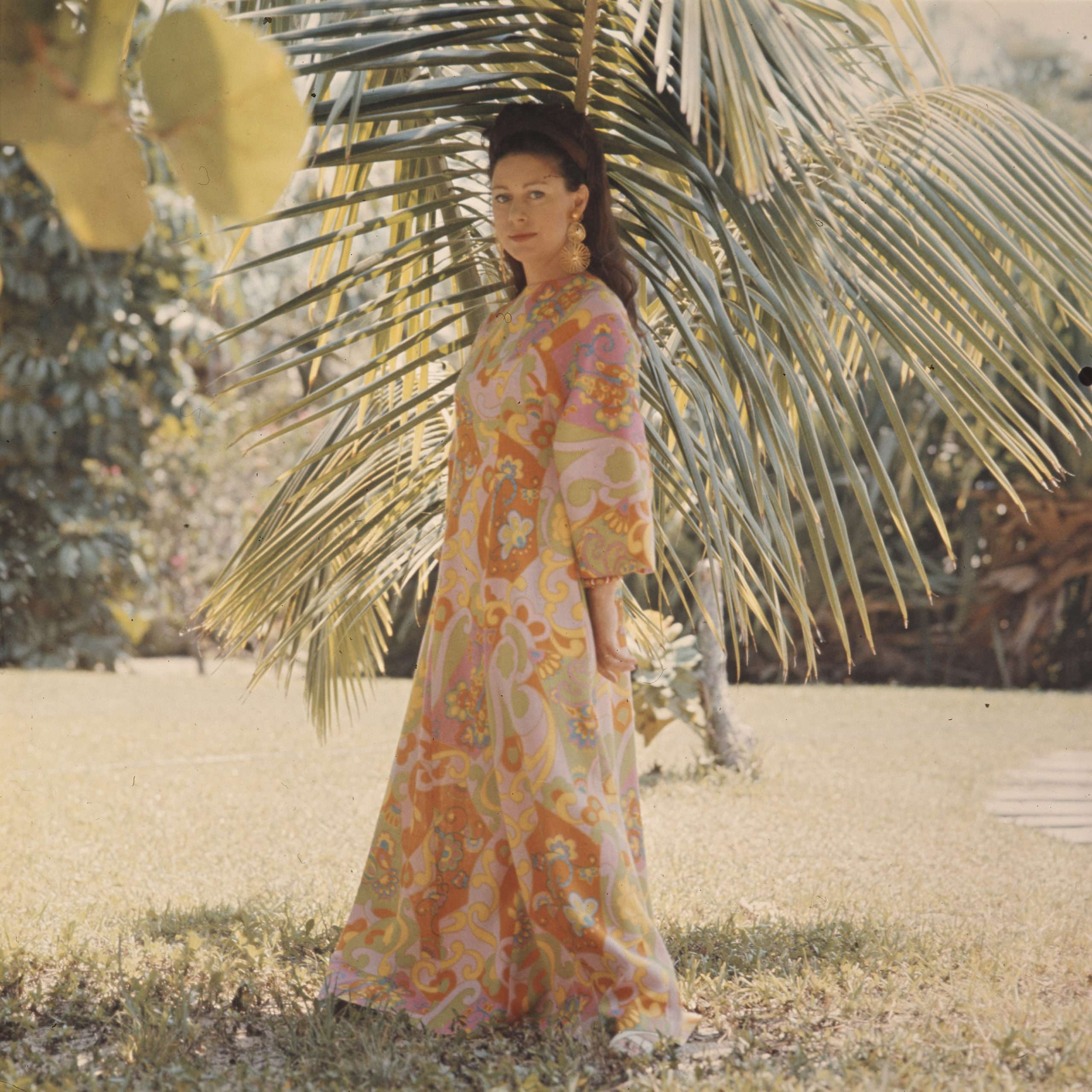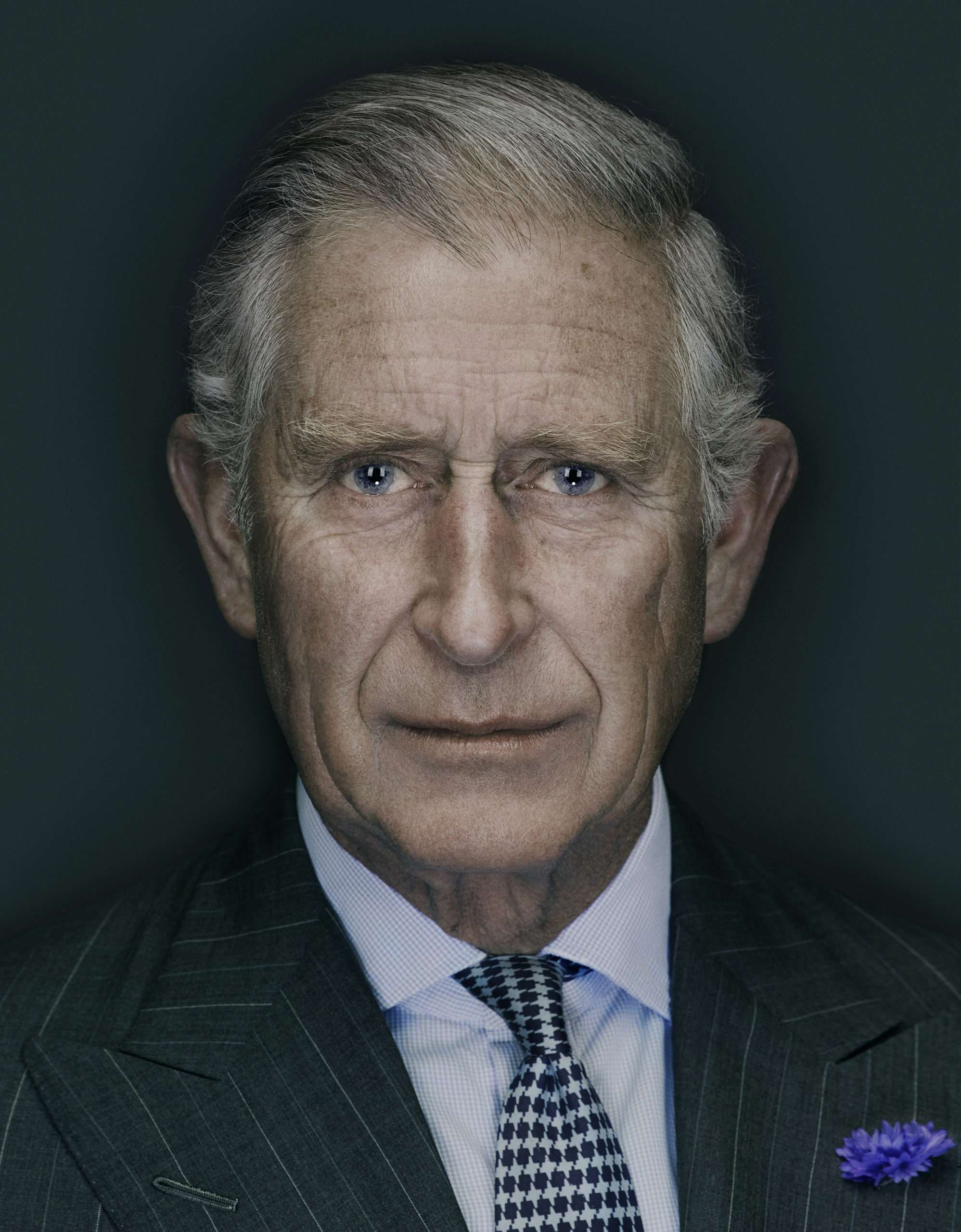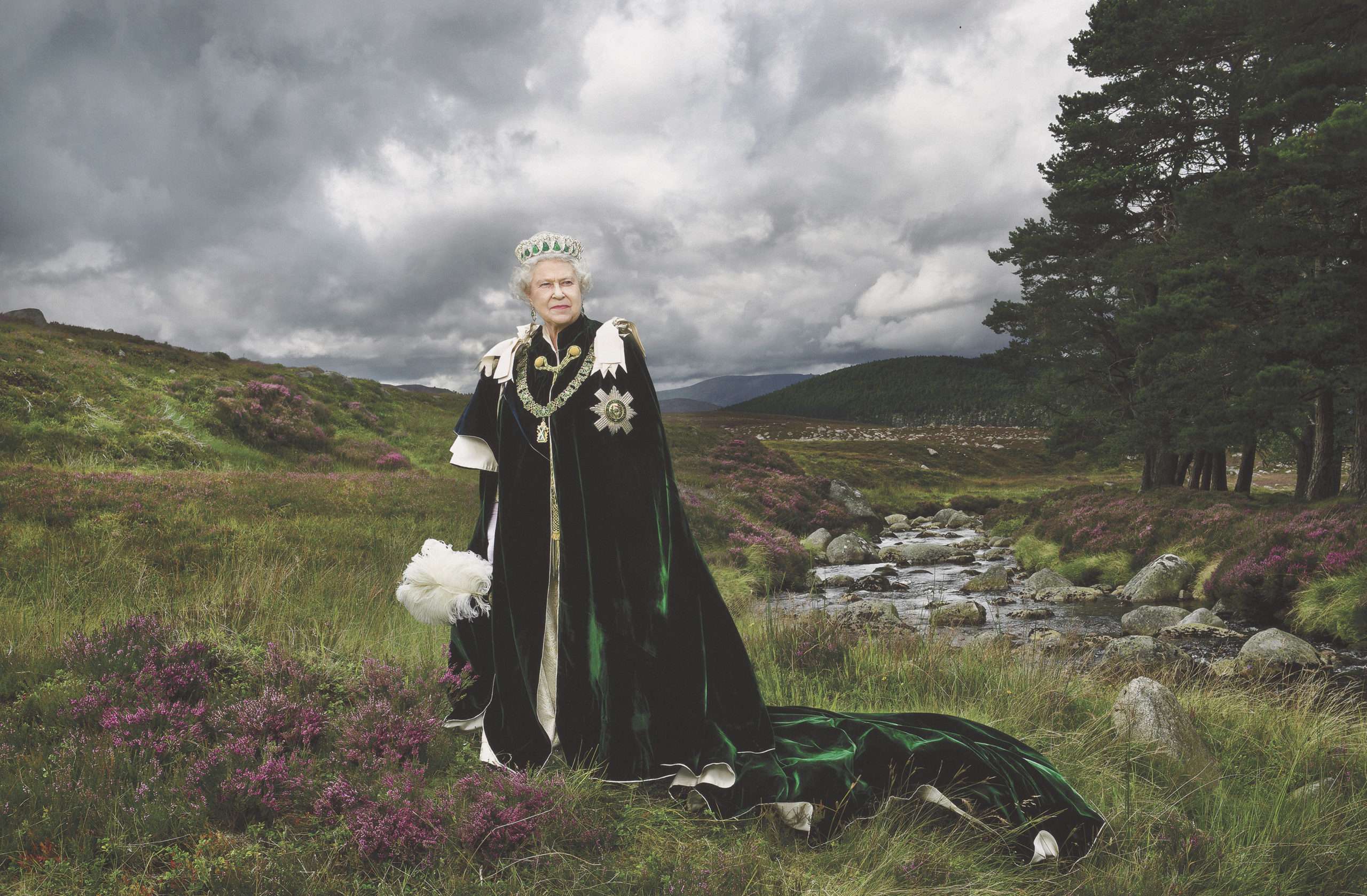A portrait of Queen Elizabeth II standing against the dramatic Highlands landscape of Balmoral are among almost 100 rarely seen photographs, negatives, and archival materials from the last 100 years now on display at The King’s Gallery in Edinburgh. Royal Portraits: A Century of Photography charts the evolution of royal portrait photography from the 1920s to the present day, unveiling the stories behind the creation of some of the most iconic images of the Royal Family.
The exhibition brings together little-seen vintage prints (the original works produced by the photographer, or under their direct supervision), contact sheets and proofs from the Royal Collection, alongside documents including letters and memorandums held in the Royal Archives. It is the first time many of the works have been shown in Scotland, following the exhibition’s successful run in London.
Unforgettable portraits of the Royal Family

Alessandro Nasini, curator of the exhibition, said: “Portrait photography is a creative process, and it has been fascinating to discover the careful decisions that were made to achieve such unforgettable portraits of the Royal Family, taken by some of the most celebrated photographers of the past century – from Dorothy Wilding and Cecil Beaton to David Bailey and Glasgow-born Rankin. Although we may be used to seeing photographs on screens, the opportunity to see the original prints up close is rare, as they can’t often be on display for conservation reasons. With archival material providing context into how these photographs were made and used, I hope visitors will enjoy going behind the scenes into the process of creating royal portraits.”
A star work of the exhibition will be a striking photograph of Queen Elizabeth II by Julian Calder, taken on the Highlands landscape of the Balmoral Estate in 2010. Beneath an unpredictable sky and cloaked in the mantle of the Order of the Thistle, the late monarch braved the threat of rain and midges to achieve Calder’s vision, inspired by the 19th century paintings of Clan chiefs – as seen in a behind-the-scenes photograph reproduced on a panel within the exhibition. In contrast, for her 2007 portrait of the sovereign, Annie Leibovitz – the first American to receive an official commission to photograph Queen Elizabeth II – used digital editing to superimpose the figure against a stormy sky.
An exciting time for portrait photography

The past century was an exciting time for portrait photography; techniques evolved rapidly, and the transition from a manual craft to an increasingly digital process is a key theme of the exhibition. One of the earliest photographs shows the royal family – including the young Princesses Elizabeth and Margaret – smiling in soft-focus and framed by an oval vignette, typical of its time in 1934. To achieve this effect, society photographer Marcus Adams had to adjust the lens of an enlarger, a device for producing a photographic print from the original negative, which will also be on show.
Later photographs will show how portraits became bigger and ever more colourful over the course of the century. The impact of Nadav Kander’s bold, 1.6m-tall headshot of King Charles III when Prince of Wales, taken at Birkhall for a 2013 cover of Time magazine, or Hugo Burnand’s jewel-hued official Coronation portraits in 2023, was possible thanks to advances in printing technology.

The close relationships between photographers and royal sitters will reveal themselves over the course of the exhibition, as seen in the intimate portraits of Princess Margaret taken by Lord Snowdon, born Antony Armstrong-Jones, before and after they married in 1960. Further highlights include 19 portraits taken by Cecil Beaton, who enjoyed a long-standing relationship with the Royal Family. Beaton came to prominence photographing stylish society figures in 1920s London and was seen as a surprising and avant-garde choice when Queen Elizabeth The Queen Mother selected him for the now-famous shoot in the Buckingham Palace Gardens in 1939. Visitors will also see photographs from their last sitting together in 1970 after more than three decades of collaboration, with the photographs later released to mark The Queen Mother’s 70th birthday. Referring to their unique relationship, The Queen Mother wrote to him saying, ‘we must be deeply grateful to you for producing us, as really quite nice & real people!’
Visitors will discover the multitude of purposes royal portraits have served, from reputation-making portraits of a young Queen Elizabeth II for use on currency and stamps by Yousuf Karsh, to birthday portraits of Princess Anne by Norman Parkinson. A handwritten memorandum from Queen Elizabeth II’s Assistant Private Secretary in 1953 reveals her suggestions for which Coronation portraits should be sent to Commonwealth representatives, used to thank Maids of Honour, and given as family mementos. More recently, a photograph of Her Majesty Queen Camilla by Jamie Hawkesworth commissioned by Vogue shows The Queen with a book in her lap to represent Her Majesty’s passion for literature.
Royal Portraits: A Century of Photography is now on at The King’s Gallery, Palace of Holyroodhouse, until 7 September 2025. Visitor information and tickets for The King’s Gallery, Palace of Holyroodhouse: www.rct.uk, T. +44 (0)303 123 7306.
Main photo: Queen Elizabeth II, Queen of Scots, Sovereign of the Most Ancient and Most Noble Order of the Thistle and Chief of the Chiefs, 2010. Photo: Julian Calder/Camera Press.

